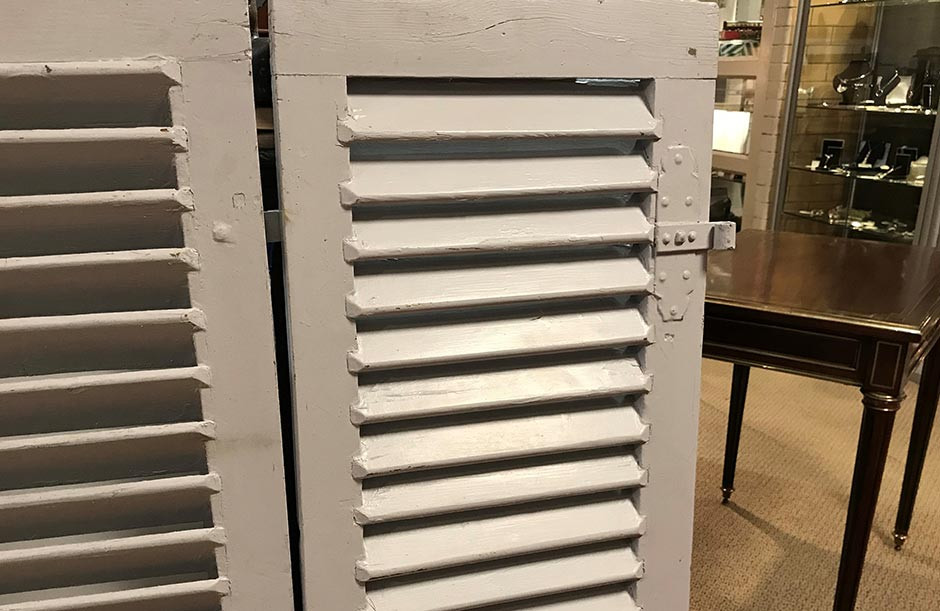
A little history adds heaps of character. Whether you’re upgrading your home’s main entrance or filling an interior frame with an old-world piece, antique doors are simple updates that can add depths of charm.
Don’t think one-dimensionally: antique doors don’t always need to be hung in the obvious places. Less aesthetic areas, such as refrigerators, can be hidden by camouflaging them with age-worn door panels. They can even be turned into desks, dining tables or cabinets. Antique doors come in all shapes and sizes - some may need TLC and some will need remodelling entirely. But all of them can be given a second life. Read on for tips that will help...
1. Examine antique doors for potential repair work
A little architectural salvage may need to come into play when bringing antique doors into your home. They need to be functional, so materials might need salvaging. Some frames may need to be reconstructed entirely, replacing damaged sections in the same manner and construction as the original piece. Metal handles tarnish over time, giving way to oxidation, so small DIY jobs may be needed. Brass is often the most common material, but you’ll find realms of tips on how to clean antique brass door knobs online. The best way is by hand - softly rubbing the handles with cotton wool covered in brass polish, then using a soft duster to remove it. Avoid lemon juice, baking soda and any traditional cleaning solutions - they’ll ruin the patina.
2. Identify the materials
Wood or metal, the materials used in antique doors is often your first clue to the value of them. You can generally date wood in terms of which timber was used - for example, oak was primarily used during the 16th and 17th centuries, with walnut, mahogany and satinwood following respectively. If you plump for hardwoods, make sure that the pattern of the grain and colour is right - especially if you’re buying online. English or European oak, for example, can look very different to American white oak. It pays to check in person before you hand over your hard-earned cash.
3. Pick the perfect style
Antique doors can be incorporated into a range of interiors. Victorian homes are massively elevated with classic antique doors, which help them retain their original aesthetic. If you’re working with a contemporary space, flat (and often pine) antique doors work best, but there are plenty of ways to blend old world and new age - designers are loving the combination of the two at the moment. Panelled antique doors in particular can work in both modern or traditional spaces.
4. Witness the thickness
The thicker antique doors are, the more stable they’re likely to be. Some pieces might not even be made with real timber and cheaper ones are often hollow, so viewing antique doors for sale in person is always most beneficial to make sure you know what you’re buying is going to last. Quality, well-maintained doors should hang around for centuries.
5. Research the best places to buy antique doors
Consider antique doors for sale as you would any ancient furniture - you want to buy them from reputable sources to be certain of their quality. These are not purchases you want to make without getting a good inspection first, whether that’s with a local dealer, at an auction, fair or antique centre.
You’ll find quality antique doors for sale at Hemswell Antique Centre, along with other age-old treasures to add charm and character to your home. Make a day of it: our four buildings stock everything an antique buff (and even non-antique-buffs) could wish for, at surprisingly fair prices. You can even grab lunch (and plenty of tea and cake) while you’re there.